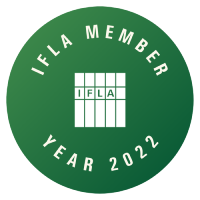A brief overview of Fair Use
In South Africa, the principle of fair use is systematized within the Copyright Act of 1978. Section 12 of the Act outlines the specific conditions under which the use of copyrighted material is permissible without requiring prior authorization from the copyright holder, Copyright Act of 1978 (SA) s. 12 (SA.).
Take a look at the following YouTube video which looks at "Fair Use Explained"
Fair Dealing
In South Africa Section 12 of the Copyright Act permits certain acts of reproduction to be carried out without obtaining prior authorization. The provision for "Fair Dealing" under Section 12(1) specifically allows reproduction for designated purposes, Copyright Act 98 of 1978.
Sections 12(2) to 12(4) permit the following activities without requiring prior authorization:
Guidelines for Fair Dealing in Education and Research
While the South African Copyright Act of 1978 does not specify precise limits, generally accepted practices have established the following benchmarks:
These thresholds aim to balance the rights of the copyright holder with the needs of educators, researchers, and students. They ensure that the use is proportionate and does not negatively impact the market for the original work.
Take a look at the following YouTube video which looks at "Creativity, Copyright, and Fair Use"
Acknowledgment of Source:
Contextual Discretion:
Fair dealing requires the user to consider the purpose, nature of the work, amount used, and effect of the use on the market value of the original work. For instance:

University of the Western Cape,
Robert Sobukwe Road,
Bellville,
7535
Tel: 021 959 2946
